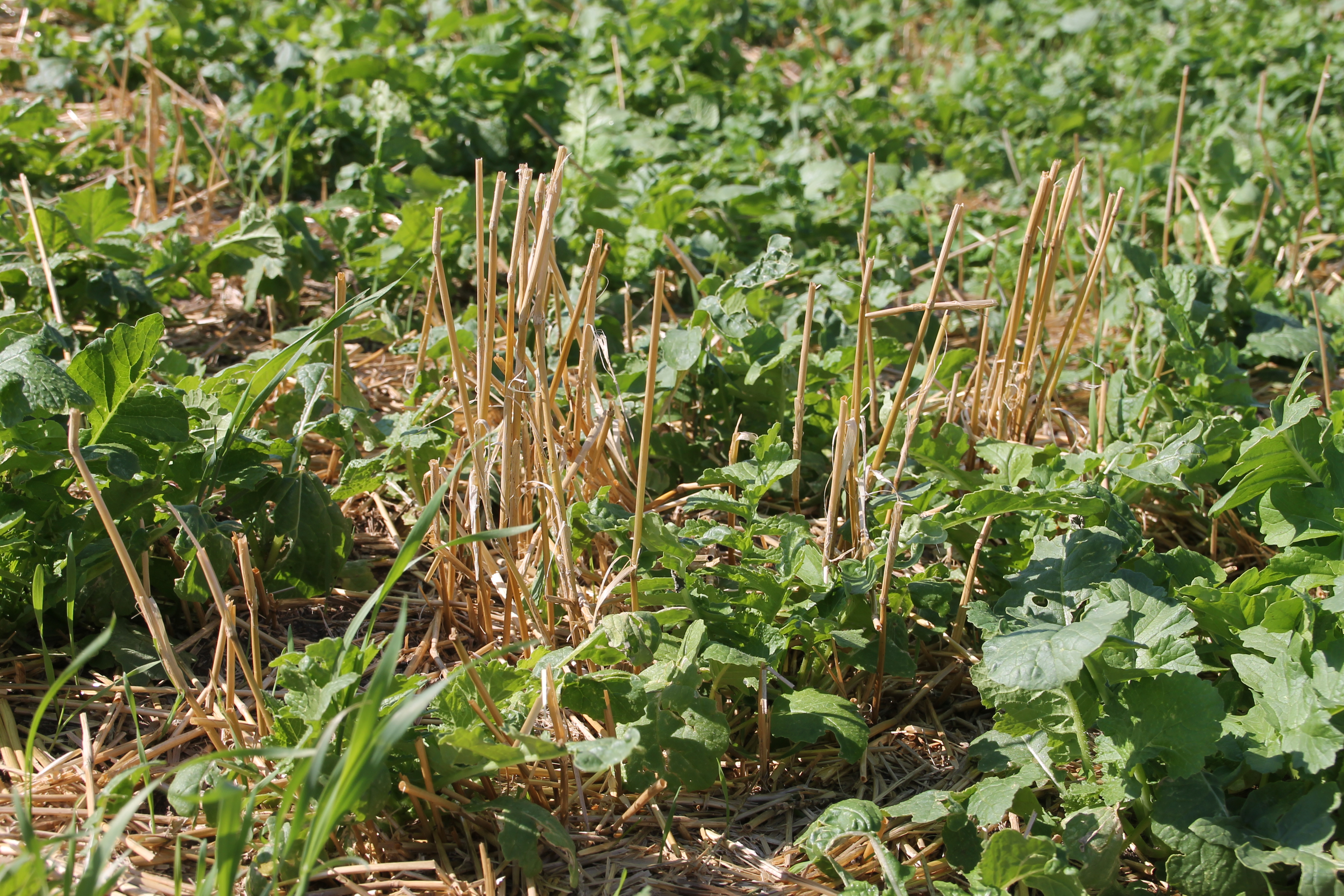Managing plant cover in arable farming
 How to choose, sow, manage and destroy plant cover...
How to choose, sow, manage and destroy plant cover...

Plant cover crops in arable farming have many advantages, including protecting the soil from erosion, improving water infiltration, enriching the soil with organic matter, increasing biological activity in the soil and biodiversity, reducing weed infestation, improving soil structure and many other benefits. Good cover crop management is therefore essential if you are to get the most out of it.
Choosing a plant cover
The choice of species that will make up the cover crop needs to be carefully considered before sowing. It all depends on theobjective of the cover crop : stabilising and structuring the soil, regulating pests and diseases, producing food or energy, storing carbon, trapping nitrate, etc.
To make the right choice of plant cover, certain criteria need to be taken into account :
- crop rotation on the plot
- the type of crop
- sowing date (early or late)
- whether or not it will be used as fodder
- method of destruction
- cost
- nitrogen supply
- positive impact on pollinators
- regulations
- CAP
For more information on this subject, see the Choosing plant cover page.
Sowing plant cover
Cover crops can be sown over a very long period : some farmers plant them just after the harvest, or even during it, while others wait until the regulatory deadline in mid-September. Each strategy has its advantages, but from the end of August/beginning of September, the choice of species is limited.
Sowing intercropping plant cover means being able to cope with the potential embarrassment of straw and a high risk of drought. When the rain falls shortly after sowing, all the planting techniques are satisfactory. It is in water-limited conditions that the care taken during sowing takes on its full importance. The choice of seeding technique can have a decisive effect on the success of the cover crop.
To find out more on this subject, see Sowing a plant cover and Making a success of a plant cover.
Destroying plant cover
There are many techniques for destroying plant cover, so you need to choose the method best suited to your situation. But before choosing the method for destroying the canopy, you need to decide when to intervene. This is a compromise between two objectives :
- Allow the cover crop time to play its full role : nitrate capture, nitrogen fixation by legumes, soil protection, etc.
- Avoid a depressive effect on the following crop : by preserving water and nitrogen availability without hindering its establishment.
The date of destruction of the cover crop is essential and aims to coincide with the period of high mineralisation and the period of absorption by the following crop.
There are many techniques available, including rolling, shredding, ploughing, tillage, frost or chemical destruction, and a number of factors need to be taken into account when choosing how to destroy the cover crop.
- The equipment available.
- If you don't plough, you'll need to choose species that can be destroyed in other ways, such as gelatinous species.
- Soil bearing capacity.
You can find more information on the Destroying plant cover page.